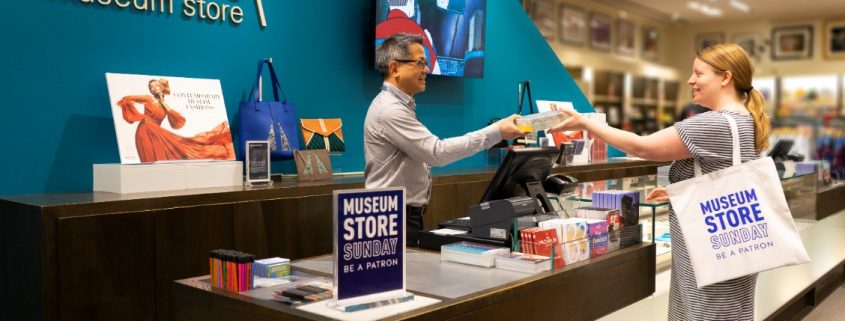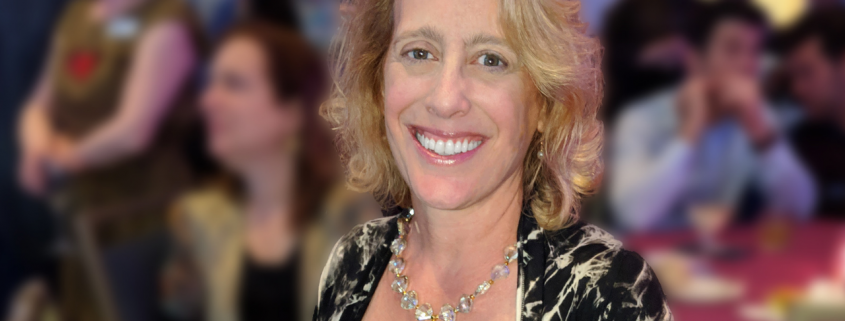2020 New Year’s Resolutions
December 9, 2019
By Raymond McKenzie
As the holidays race by in a rush of business and time with friends and family, it is also the time of year when people are looking at resolutions to improve their lives. Many will sign up for the gym, quit smoking, promise to eat better and commit to organizing their house. While it is great to set new goals in our personal lives, it is also an excellent time to set goals in our work lives.
After doing some research (i.e., Google), here are five common resolutions — and how I think they can and should be applied so that you can be your best store manager in 2020. These are all resolutions that you can tackle without making huge impacts on your already busy schedule.
1. Lose Weight – No, I’m not talking about your weight, I’m talking about inventory weight. Every store has excess inventory. Inventory that we can’t seem to give up on, or we’ve tried everything to sell without much success. We all make some mistakes in buying (it is part of the job!), but the real test as a manager is having an exit strategy for all buying decisions. Do you know your process for writing off dead inventory? This deadweight is not only tying up your stockroom and inventory dollars, but it is a detriment to your career since your CEOs and CFOs closely monitor inventory levels. Money tied up in dead inventory is money that doesn’t go to a program or a salary.
Start by reviewing your internal procedures for marking out inventory: What records does your finance department require? Is it budgeted in your P&L? Can you do a big sweep, or will they expect you to do incremental mark outs?
Once you know how to go about handling it and how much you need to mark out, then you can schedule it.
2. Get Organized – The need to get better organized applies to many aspects of our jobs. It is ensuring you make time to clean up that office, stockroom, shipping area, visual display and any other areas you have that never seem to get enough attention. Every manager’s office I’ve ever visited looks like 100 people are working at the same desk. The messy office is generally reflective of the 100 hats we wear each day. Clutter keeps us from being efficient, and it adds stress to our already hectic days. Set aside an hour a week for each task to clean up paper, do filing, organize pens and pencils, and other housekeeping needs. An hour a week is an excellent opportunity to delegate some organizational projects to team members, giving them a sense of ownership. Watch one of your associates after they’ve worked hours to reorganize your stockrooms. If they know they are the ones who will have to do it again, all staff may start cooperating on keeping it that way!
3. Learn A New Skill – Admit it, you know there are some things you need or want to learn that would make your job more productive and profitable. There is no time like today to start developing new skills. Maybe you need to learn about SEO terms to improve your e-commerce? How much time would it be worth spending if you could grow your online sales? Perhaps it is honing up your understanding of UBIT or other tax laws?
Taking an hour a week to learn a new skill can have a considerable impact on your career without having to disrupt weeks with off-site classes. There are online courses from MSA and commercial sites that provide skill-sharing seminars.
4. Travel More – It is essential to get out of your store! It is too easy to have our creativity stifled under a mountain of to-dos that never end. The surge in creativity at conferences or markets is evidence that we need to do this regularly. Ensure you go to markets even if that market is a local craft show or trade show. Conferences will leave you with 100 ideas and resources to take back to your store. Simply visiting other stores in your area to get inspiration should be something you do regularly.
Create a diary or photo album of inspirations on these visits so that when you are in need of a new idea, you can pull out this reference and get re-inspired. Encourage your staff to take photos of displays and products they see when they are out. Let them contribute to a valuable resource the whole team can use.
5. Spend More Time WithFamily and Friends – How much time do you spend with your staff? On average, we spend one-third of our day with our work colleagues. They are your work family, and, just like our home family, you can either spend quality time or just get through the day. How often do you take your staff to lunch one on one? Or have lunch with them in the staff area?
Spending time not talking about work will give you great insights into your team’s desires, goals and motivations. It also allows you to share your vision and goals in a more engaged and relaxed environment.
As you look forward to 2020 and all that it entails, I hope that you and your team will set some New Year’s resolutions for your store. Take the time to achieve your goals and create the most successful year ever!

With over 20 years in retail, Raymond McKenzie is a professional dedicated to visitor experience, profitable buying and audience engagement. A Museum Store Association member since 2008, Raymond has served as a member of the Program Resource Group, Western Chapter President and Secretary of the National Board of Directors.














 Article provided by
Article provided by 



















